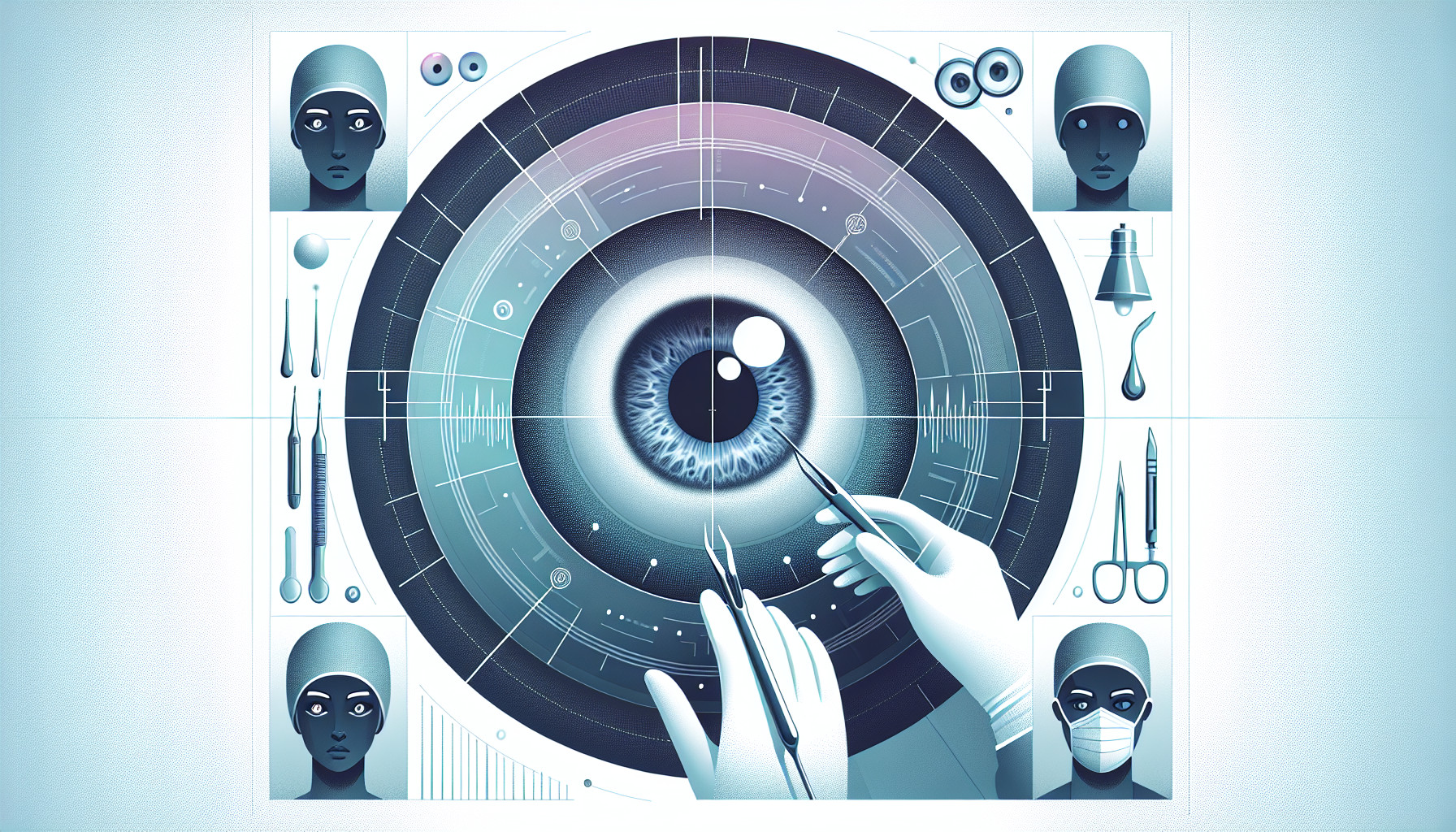Our Summary
This research paper discusses the eye problems that can be caused by atopic dermatitis, a type of skin condition. These problems include keratoconus (a condition where the clear front surface of the eye bulges out), keratoconjunctivitis (inflammation of the cornea and conjunctiva), cataract (clouding of the lens in the eye), and retinal detachment (a serious condition where the retina pulls away from its normal position at the back of the eye).
The researchers present three cases where patients with atopic dermatitis experienced retinal detachment. It’s not clear exactly why this happens, but it could be due to chronic blunt trauma (repeated non-penetrating injury). Also, it seems that people with atopic dermatitis who suffer from retinal detachment may have a lower chance of successful repair of the detached retina.
FAQs
- What are some ocular manifestations related to atopic dermatitis?
- What role does chronic blunt trauma play in the development of retinal detachment?
- Why might retinal detachments associated with atopic dermatitis have lower rates of successful repair?
Doctor’s Tip
One helpful tip a doctor might tell a patient about retinal surgery is to follow all post-operative care instructions carefully to ensure successful recovery and minimize the risk of complications. This may include taking prescribed medications, attending follow-up appointments, avoiding strenuous activities, and protecting the eyes from injury. It is also important to report any changes in vision or symptoms to the doctor immediately.
Suitable For
Patients with atopic dermatitis who are at risk for retinal detachment are typically recommended retinal surgery. These patients may have a history of chronic blunt trauma, which can contribute to the development of retinal detachment. It is important for these patients to undergo prompt surgical intervention to increase the likelihood of successful retinal detachment repair.
Timeline
Before retinal surgery, a patient may experience symptoms such as blurred vision, floaters, flashes of light, or a sudden decrease in vision. They may also undergo a comprehensive eye examination to determine the cause of their vision problems, which may involve imaging tests such as optical coherence tomography or fluorescein angiography.
After retinal surgery, the patient may experience some discomfort or mild pain in the eye, which can typically be managed with over-the-counter pain medication. They may also be required to wear an eye patch or shield for a period of time to protect the eye as it heals. Follow-up appointments with the ophthalmologist will be necessary to monitor the progress of the healing process and ensure that the retina remains properly attached. In some cases, additional surgeries or treatments may be needed to address any complications or issues that arise post-surgery.
What to Ask Your Doctor
- What are the potential risks and complications of retinal surgery for someone with atopic dermatitis?
- How will my atopic dermatitis affect the healing process after retinal surgery?
- Are there any specific precautions I should take before and after retinal surgery due to my atopic dermatitis?
- How will my atopic dermatitis be managed during and after retinal surgery to prevent any complications?
- What is the success rate of retinal surgery for patients with atopic dermatitis compared to those without this condition?
- Are there any specific post-operative care instructions I should follow to minimize the risk of retinal detachment recurrence in the future?
- How often should I have follow-up appointments after retinal surgery to monitor for any complications related to my atopic dermatitis?
- Are there any lifestyle changes or medications I should consider to help manage my atopic dermatitis and reduce the risk of further eye complications?
Reference
Authors: Kothari N, Young RC, Read SP, Tutiven J, Perez VL, Flynn HW Jr, Berrocal AM. Journal: Ophthalmic Surg Lasers Imaging Retina. 2017 Jun 1;48(6):513-517. doi: 10.3928/23258160-20170601-12. PMID: 28613360
